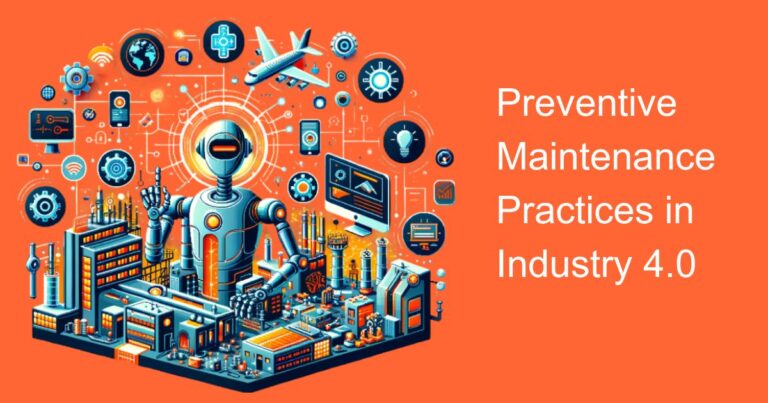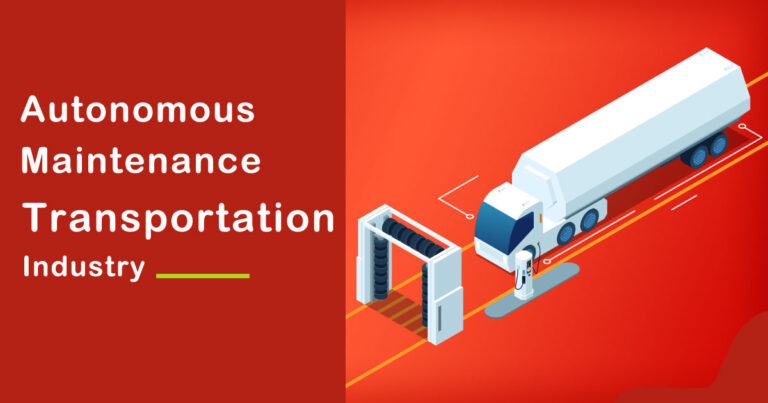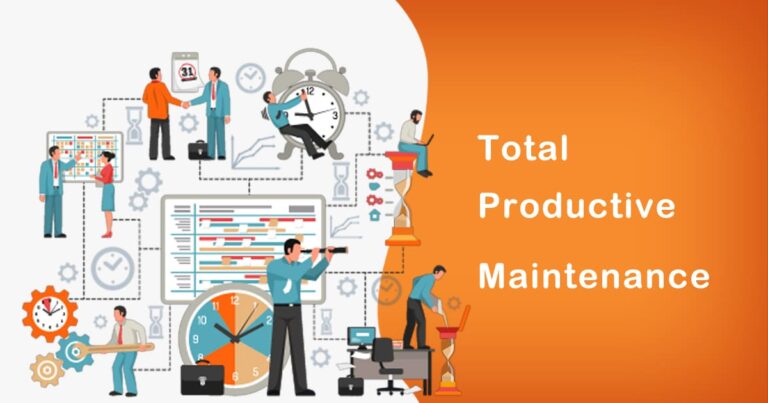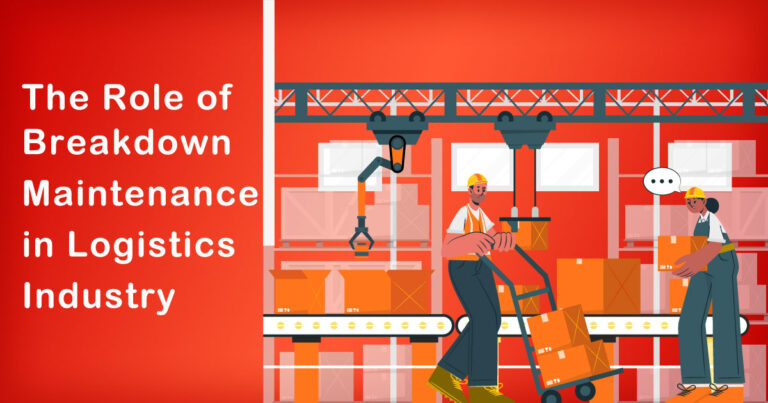Introduction
The rapid growth of renewable energy technologies in India has been a significant driver of sustainable development. Among these technologies, the semiconductor industry plays a pivotal role in harnessing renewable energy sources efficiently. As the demand for clean energy solutions increases, the reliability and maintenance of semiconductor equipment become paramount. In this context, “Breakdown Maintenance” emerges as a critical aspect to ensure uninterrupted operations and the longevity of renewable energy semiconductor infrastructure. This article delves into the role of Breakdown Maintenance in the Indian renewable energy semiconductor industry, highlighting its significance, challenges, and key factors for success.
The Growing Importance of Renewable Energy Semiconductor Industry in India
India, with its ever-expanding population and increasing energy needs, recognizes the importance of transitioning to renewable energy sources. Consequently, the country has made significant strides in adopting solar, wind, and other renewable technologies. The semiconductor industry provides the backbone for renewable energy solutions, facilitating energy conversion, monitoring, and control.
As renewable energy semiconductor installations proliferate across India, so does the need for reliable and efficient maintenance strategies. Among these, Breakdown Maintenance has emerged as an integral aspect, offering both challenges and opportunities.
Understanding Breakdown Maintenance
Breakdown Maintenance, also known as corrective maintenance or breakdown repair, involves addressing equipment failures or malfunctions when they occur. Instead of conducting routine preventive maintenance, Breakdown Maintenance focuses on repairing assets only when they break down. In the context of renewable energy semiconductor installations, this approach can be both advantageous and challenging.
The Significance of Breakdown Maintenance in the Indian Context
Cost-Effectiveness:
In an Indian context, where resources might be limited, Breakdown Maintenance can be perceived as a cost-effective strategy. By not performing routine maintenance when the equipment is still operational, organizations can optimize their maintenance budgets.
Minimizing Downtime:
Quick response to equipment failures can significantly reduce downtime, ensuring that renewable energy installations operate efficiently, especially in critical periods when energy generation is essential.
Asset Management:
Breakdown Maintenance allows organizations to focus on specific equipment that genuinely requires attention. This targeted approach can streamline asset management and optimize resource allocation.
Challenges in Implementing Breakdown Maintenance
While Breakdown Maintenance offers advantages, it comes with certain challenges, particularly in the semiconductor industry for renewable energy. Addressing these challenges is essential for the successful implementation of Breakdown Maintenance strategies.
Reliability Concerns:
Semiconductor components are often intricate and sensitive. Relying solely on Breakdown Maintenance may lead to decreased equipment reliability and potential damage to other components when failures occur.
Safety Considerations:
In renewable energy installations, safety is of utmost importance. Relying on Breakdown Maintenance may expose workers to hazardous situations during unexpected equipment failures.
Energy Production Losses:
Unplanned equipment downtime can result in significant energy production losses, affecting the overall efficiency of renewable energy systems.
Best Practices for Breakdown Maintenance in the Semiconductor Industry
While Breakdown Maintenance may not be the sole maintenance strategy, integrating it into a comprehensive maintenance approach can lead to success. Here are some best practices to consider:
Condition Monitoring:
Implement condition monitoring techniques to identify potential equipment failures before they occur, reducing the need for reactive Breakdown Maintenance.
Predictive Maintenance:
Utilize predictive maintenance technologies that leverage data analytics and artificial intelligence to forecast equipment failures accurately.
Employee Training:
Ensure that maintenance personnel are well-trained to respond quickly and efficiently to equipment failures, while prioritizing safety measures.
Spare Parts Inventory:
Maintain an adequate inventory of spare parts to expedite repair processes and minimize downtime.
Conclusion
In conclusion, the role of Breakdown Maintenance in the Indian renewable energy semiconductor industry is a balancing act between cost-effectiveness and equipment reliability. While Breakdown Maintenance can be a valuable tool in certain situations, it should be supplemented with other maintenance strategies like preventive and predictive maintenance for optimal results. By leveraging best practices, the Indian renewable energy sector can ensure sustainable and efficient energy generation, driving the nation towards a greener future.







